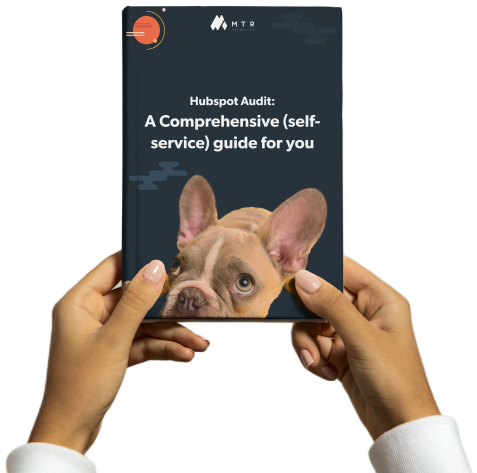Unlock the Full Power of HubSpot:
A Comprehensive (Self-Service) Audit Guide for You
17 min read
17 min read
This free self-service HubSpot audit guide will lead you through cleaning your HubSpot portal. An organized and optimized portal can save you up to 43% on your HubSpot subscription costs, save your team endless hours (and frustration!), and save you the headaches of dealing with it all!
The 23-page guide (a 17-minute read) includes:
While HubSpot’s capabilities are endless, when things are broken, missing, or not performing as well as they should, it ultimately means that you’re not getting the most value out of your HubSpot investment. And, worse, a messy portal can actually cost your organization money.

The most fundamental piece for access and communication
Frameworks, automation, processes, and integrations
De-dup, merge, and clean up; set up properties and views
Standardize workflows, sequences, and lists
Sales, quotes, whatsapp, email, system, and layouts
Naming conventions, conversations, collateral and files
Tags, clusters, campaigns, linking strategy, calls-to-action
Dashboards and performance reporting


Ready to optimize your HubSpot portal? Download the free guide now and take control of your success!